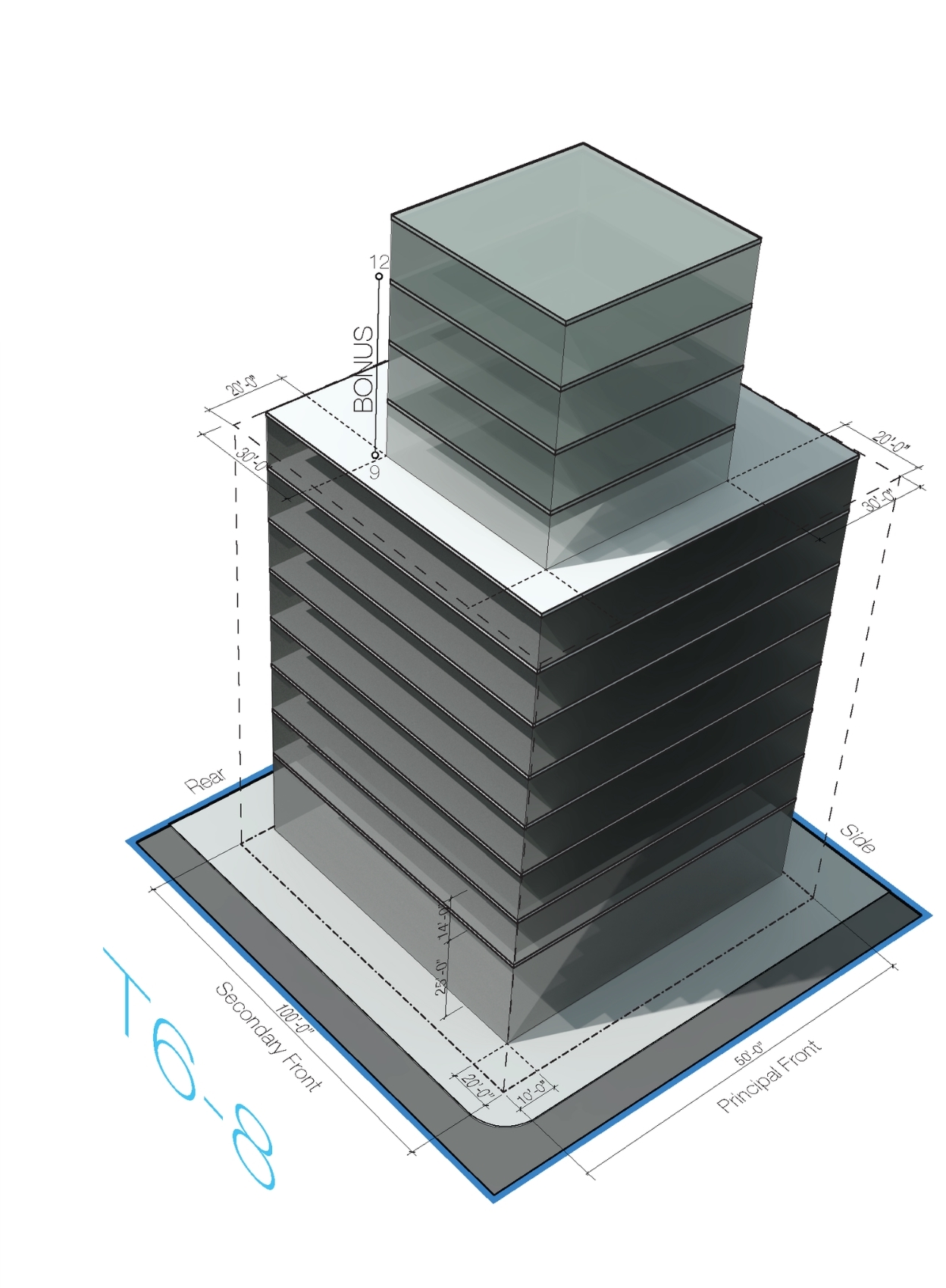Pedestrian Connectivity
Students: Maria Sol Rivera, Adam Medal, Luis Marenco
Professor: Jordan Trachtenberg
The rapid growth and densification of many urban centers results in increasing premium on land values. As a result, the architecture that supports these spaces begins to merge and begin to challenge notions of boundary between architecture and infrastructure in urban spaces. New potentials for urban development may be found in unexpected places such as the leftover and inactivated spaces beneath and along transportation infrastructure. These spaces can allow for the generation of green areas which allow not only for pedestrian engagement and connectivity, but also for the development of more physical density. This park space area behaves as a binding tool for the incoming program and the already existing infrastructructure, much like tendons connect the muscles and bones in our body. The relationship between the three conditions depends on the strength of the connector. As a result, an organic but controlled system is generated.










